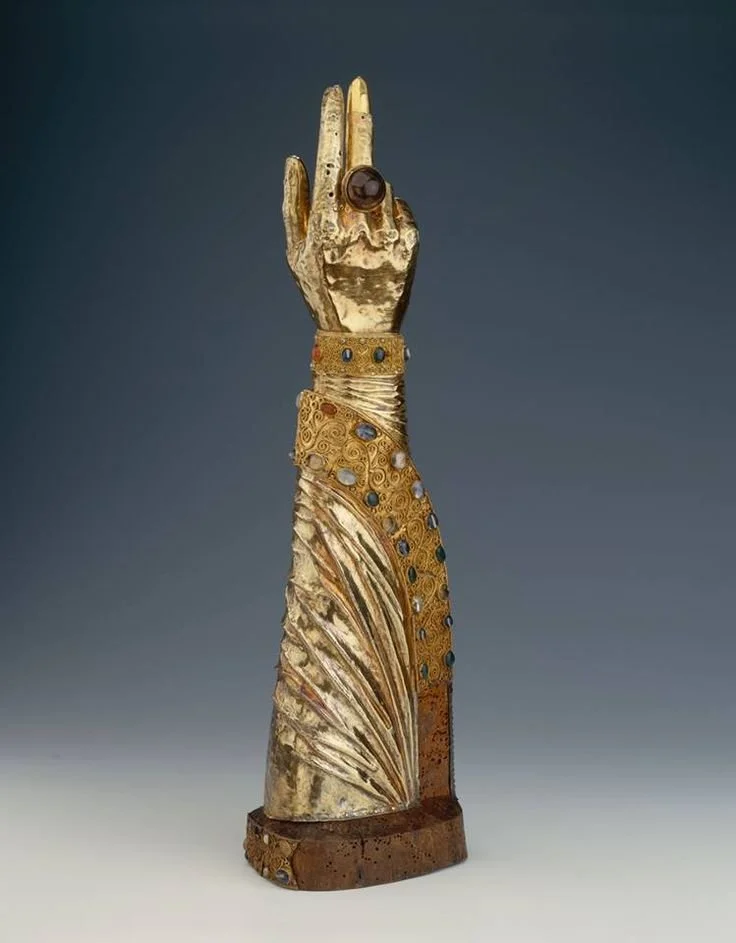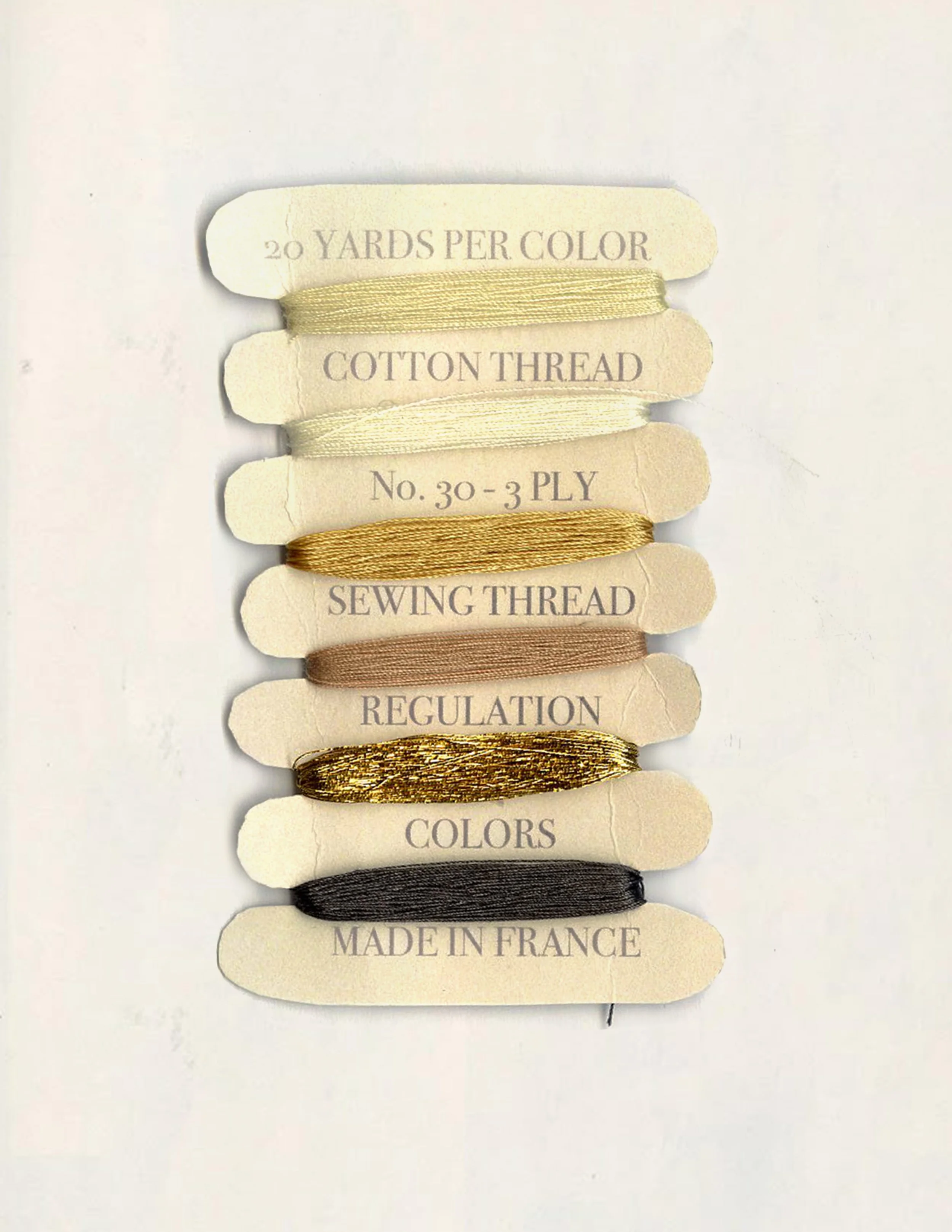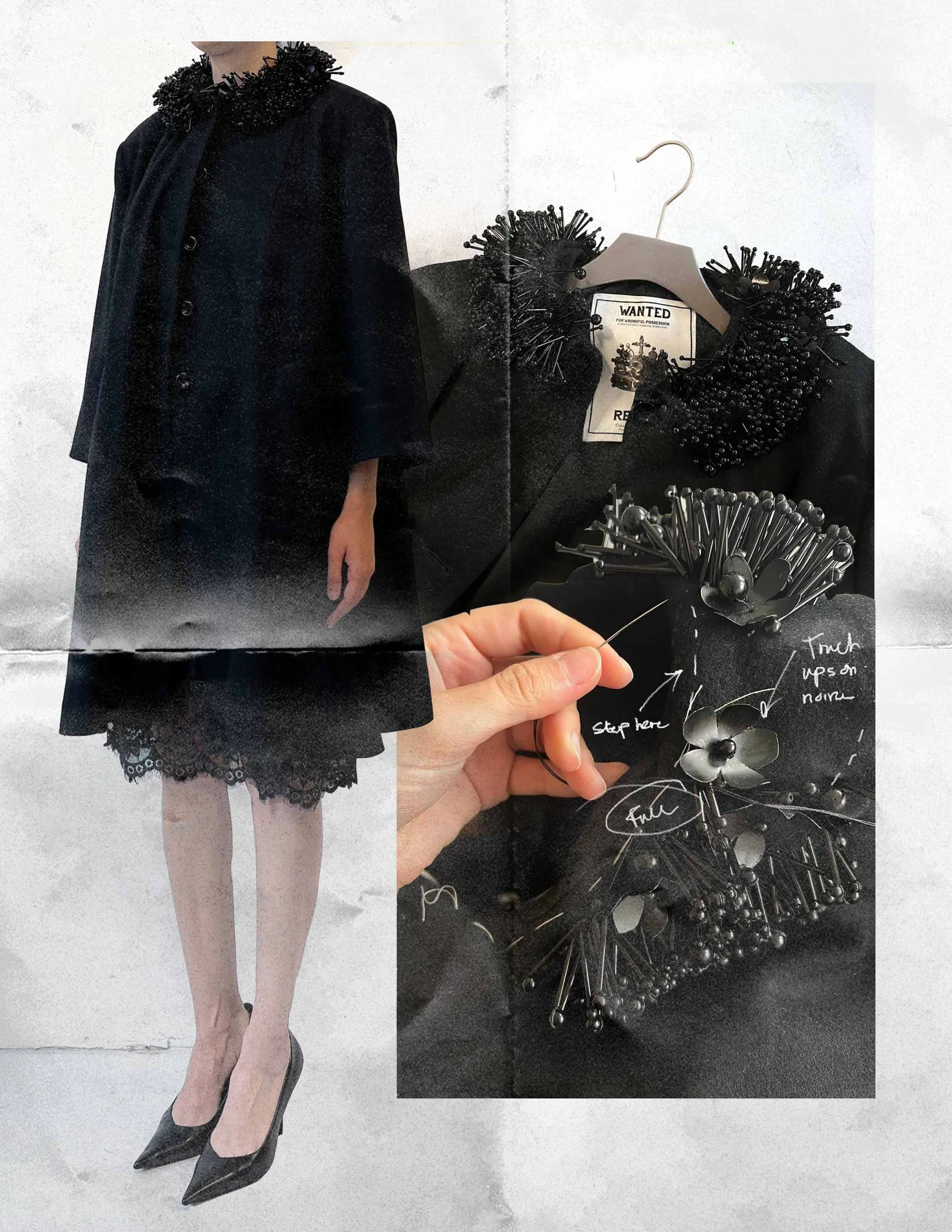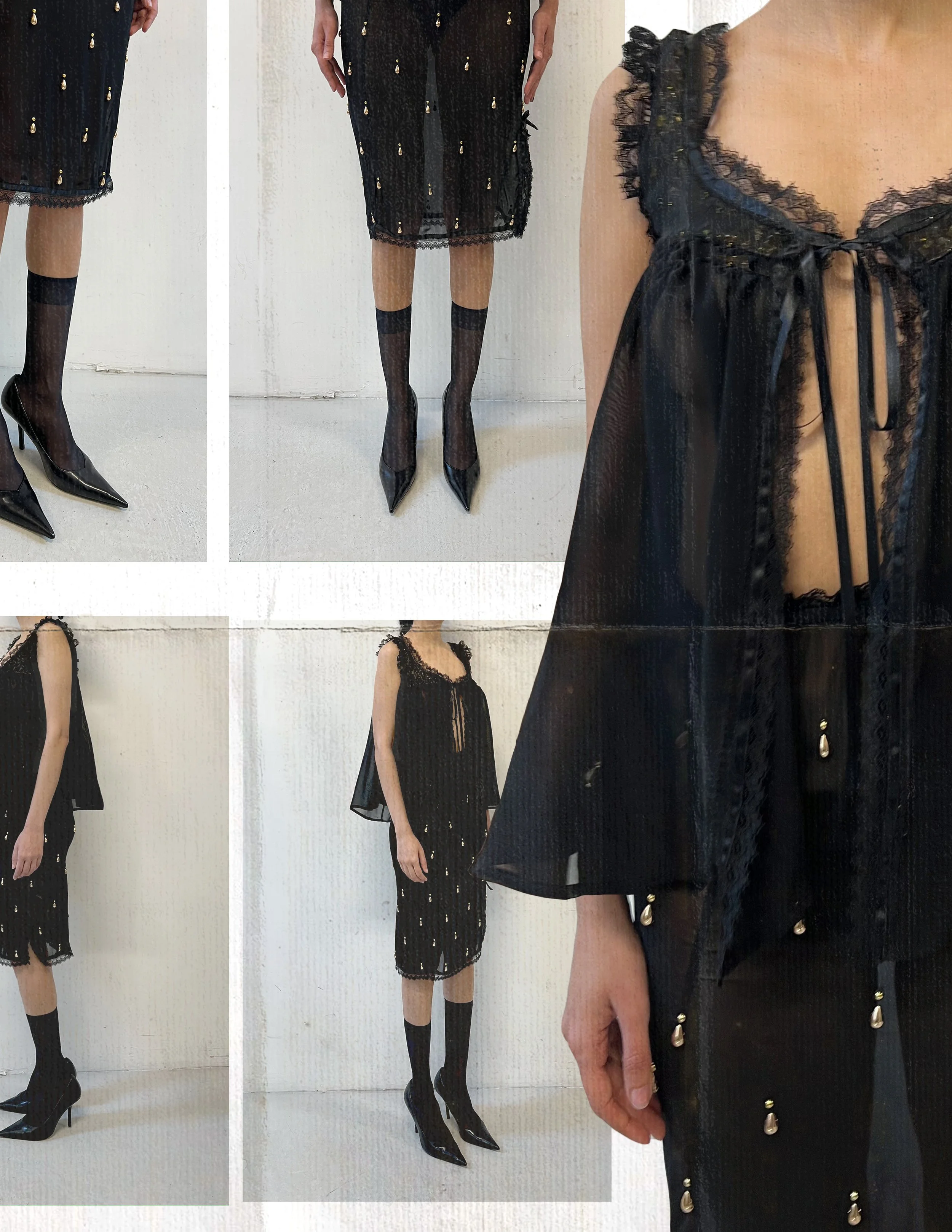
The ten-look collection is based on research from Opéra Garnier’s 19th century costume jewelry archives and a deep passion for my Sicilian heritage. Each garment is steeped in heavy embroideries, decadent textiles, tied together with a dash of humor.





















Nonna, the Kleptomaniac
It’s a crisp fall evening in 1954. The piazza’s bell strikes 5 times, she grabs her coat and heads for church around sundown.
She’s been sitting in the same pew reciting the same prayers for 15 years since her husband died. Despite the pressure of catholic guilt, she’d been finding her daily ritual to be boring. In an attempt to entertain herself, she’d started sneaking around the wooden confessional, listening in on gossip. She’d even started talking to the church’s relics, giving them names and personalities.
One evening, she reached out and stuffed one into her pocket. She spun around eagerly, the tingle of blood racing through her fingertips - nobody had seen a thing. She headed for the door. Her heart was pounding. She giggled in the cover of night.
Embroidery & Textiles
Embroidered glass beads, brass flowers, glass water droplets, engineered laser cut stained glass dresses and cardigans - these are just a few of the hand-made details across the collection.
Construction
Many of the garments took around five or six muslin toiles to perfect. Working around the parameters of a loose-weave lurex jacquard, light weight crêpe georgette or plastic PVC fabric can also pose as a challenge to sew and must be done meticulously for the cleanest possible finishings.
Some garment patterns were modified from vintage Italian 1950s archetypes while others were imaged, designed and made entirely from scratch.
Editorial Credits
Editorial Photographer - Julius Bohlin
Editorial Hair - Rimi Ura
Editorial MUA - Isis Moënne-Loccoz
Editorial Talent - Lola Marchand with The Claw Management
Toile / Fitting Talent - Louliana Voelker & Margiana Bleuet














































